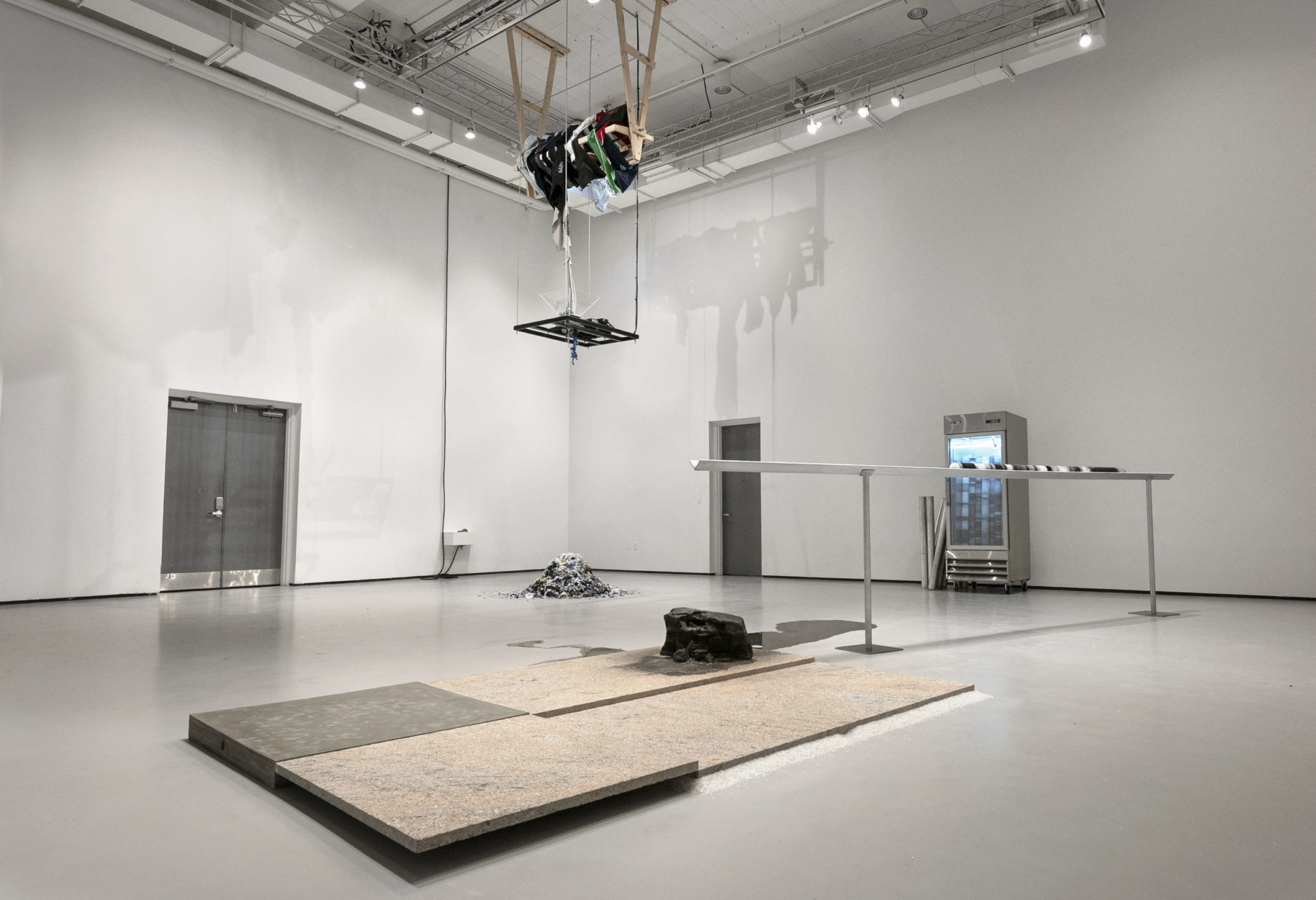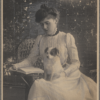
Courtesy of Sae Jun Kim
On March 22, the Yale School of Art’s second sculpture graduate thesis exhibition called “To Hear No Echo” went on view. An online version of the exhibition, open to the general public, will go up on March 25.
The exhibition, located in the School of Art’s Green Hall Gallery, will remain open to the School of Art community through March 28. Featured in the exhibition are the works of Armando Cortés ’21, Sae Jun Kim ’21, Jeenho Seo ’21, Hyeree Ro ’21, Freddy Villalobos ’21 and Stella Zhong ’21.
“There are all these elements that echo each other … we really love how this came out,” Zhong said. “We had just such a good time working together as a group — we kept saying that this has been the most fun week of the year.”
The show did not have a curator; the students put it together in a collaborative effort. As a result, the show does not have an overarching theme, but works in the show echo and contrast with one another.
For instance, Ro noted that most of the show’s pieces contain components that are “not really contained,” such as flour, sand, water, sound and shredded fabric. She explained that her piece, which is “porous” and spatially “low,” contrasts with Cortés’ piece, which is “dense” and “tall.”
“While maybe the ideas we are working with aren’t directly in conversation, I think the whole show did have some conversation with formal aspects — the repetition of circles, the repetition of dropping objects in the final room, that kind of thing,” Cortés said.
Ro’s sculpture, “Flour Hat (Floor),” consists of a circle of flour with figures drawn in it, as well as screens, papier-mâché figures and a video portraying three people engaged in collaborative activities.
Ro said that the flour is symbolic of her grandfather’s work at a flour factory. In the video, the actors occasionally wear hats made from paper and flour, referencing the different jobs her father and grandfather held. The video speaks to changes in livelihoods across family generations.
“Flour is a very basic thing, like food, that you consume,” Ro said. “Food is very essential, it’s like a live-or-die kind of necessity, whereas a hat is kind of like a fashion or luxury item that you choose to wear. And then I do something creative.”
Cortés’ sculpture, which is a cedar recreation of a “palenque” or cock-fighting ring, is called “Pata Rajada.” The ring is placed against the wall by eliminating the cock-fighting stage. This forces viewers to think about structural and behind-the-scenes aspects of cock-fighting, or “the underbelly of the ring.”
Across the palenque’s structure are strewn objects, including sandals with fighting blades, a mask and tobacco.
“They’re kind of banal to me,” Cortés said, “But it’s banal magic. They’re objects that need to be explained.”
Past the room with works by Cortés and Ro, visitors enter another room containing a single piece by Zhong: “Hyperbuoyant Starch.” Her work includes blue sand meant to evoke other planets, like Neptune, and a video installation.
The piece explores the “stickiness” and “starchiness” implicit in human relationships, communities and atoms and molecules.
In the final gallery room are Kim’s and Seo’s pieces. Upon entry, visitors trigger a motion sensor in Seo’s sculpture — which is called “(Configure)” — that in turn initiates a shredding device mounted on the ceiling. When activated, this device shreds pieces of clothing that are wound onto a wooden spool.
Seo said he used to wear these pieces of clothing when he lived in Korea. Seo said he has moved more than 37 times in his life, and uses clothing to assimilate to the various places he has lived.
Seo said he understood how society expected him to dress in Korea, but moving to the United States changed his conception of clothing.
“Here it feels like there isn’t [an expectation],” Seo said. “Or there is, and it’s so diverse.”
Seo added that both his and Kim’s pieces contain mechanisms designed to continue operating without their intervention.
“Both of us were trying to control what viewers might feel, but wanted random results,” Seo said. “Now we are just leaving it to see what it’s going to be like afterwards.”
Green Hall is located at the Yale School of Art, which is located at 1156 Chapel St.
Annie Radillo | annie.radillo@yale.edu










